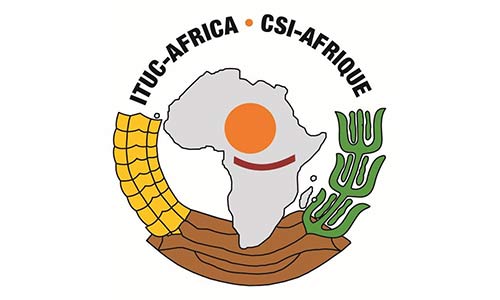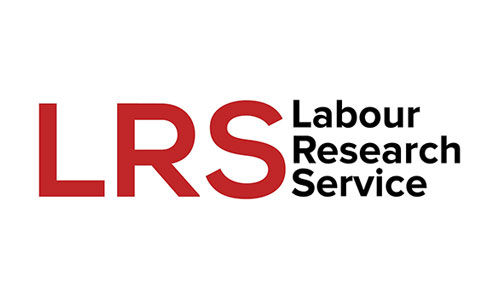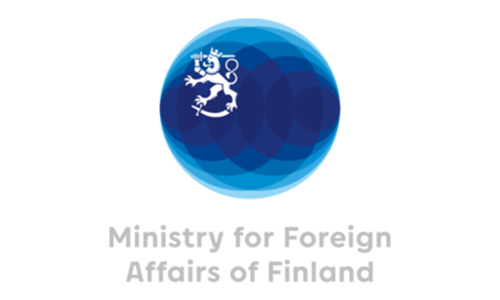A Protocol on Women and the Youth will be negotiated and be adopted as part of the African Continental Free Trade Area (AfCFTA) Agreement. TRALAC‘s Gerhard Erasmus and Trudi Hartzenberg discuss why such a Protocol is necessary, what it should provide for, and how it could be implemented. Exactly what it will aim for, is not yet clear.
An AfCFTA Protocol on Women not only makes good sense, but it is also a much-needed instrument. It can address very practical trade-related issues and persistent challenges in the context of informal and formal trade in Africa, in addition to providing answers to the challenges faced by women traders in many countries and regions on the continent. These problems are systemic and cannot be resolved by uncoordinated national efforts. We believe there should be a dedicated AfCFTA legal instrument with a specific focus (obligations for the State Parties) and bespoke institutional arrangements.
Another reason for suggesting this approach is that the standard advice that African governments must enact policies that remove the constraints women face as traders, does not go far enough. Trade is by its very nature an inter-state matter. The difficulties faced by women involved in cross-border trade need to be addressed via a concerted continental effort and an appropriate legal arrangement. The AfCFTA is the obvious platform for doing so; it would be incomplete without a Protocol on Women in Trade.
When the AfCFTA has such a protocol it will be possible to align national measures and policies in the State Parties and to pull in the same direction. A continent-wide and comprehensive undertaking will make it possible to prioritise the implementation of obligations to assist women traders in a focussed manner. The Regional Economic Communities (RECs), which will continue to function once the AfCFTA is operational, will then become part of such an endeavour. This is very necessary; the bulk of intra-African trade in goods will continue to happen in the REC free trade agreements. They are the building blocks of the AfCFTA, as stated in Article 5(b) of the AfCFTA Agreement.
Viewed from this perspective, it is not quite clear why the needs of women traders should be negotiated together with those of African youth. The African youth faces many different and unique challenges, of which unemployment and inadequate education are the most serious. Most of their problems (and the required responses) are not directly trade-related, at least not as understood in the AfCFTA context. Better trade governance is not the starting point for youth-related policies; for women traders it is. The General Objectives of the AfCFTA are, amongst other things, to create a single market for goods, services, facilitated by movement of persons to deepen the economic integration of the African continent, and to promote and attain sustainable and inclusive socio-economic development, gender equality and structural transformation of the State Parties (Article 3, AfCFTA Agreement).
The negotiations now underway to adopt additional AfCFTA Protocols during Phase III offers the opportunity for negotiating a dedicated Protocol on Women in Trade in Africa.
On what should an AfCFTA Protocol on Women in Trade focus?
Part of the answer is that it should address the persistent challenges faced by women in trade and provide solutions in terms of better border governance and trade facilitation. And there should be bespoke continental and national institutions to implement obligations, remove general malfunctioning, and monitor compliance. The problems faced by women traders are not only another manifestation of Non-Tariff Barriers (NTBs); they are systemic in nature.
In 2013, the World Bank published a study showing that women feature significantly in trade in Africa. They trade across borders, produce products, including food, that can be exported, and own and manage trade-oriented firms. But they face specific constraints that undermine their economic activities, access to technical information and finances, and are often subject to harassment and extortion at the border.
The problems faced by women traders are not only another manifestation of Non-Tariff Barriers; they are systemic in nature.
Women are more readily denied access to key trader networks and information about the relevant procedures. Time-consuming trade measures and documentary requirements impinge more heavily on women. They are less able than men to get the inputs and materials that would raise their productivity and allow them to compete better in overseas markets.
This matters not just because of the adverse impact on families but because facilitating the role of women in trade will be essential if Africa is to achieve its potential to trade more within its own borders and with the wider world. Achieving this trade potential will contribute to better food security, vital job creation, and poverty reduction.
Read:
Role of trade unions in shaping trade policy – An overview of the nexus between trade, the ILO Decent work agenda, and Agenda 2030 for Sustainable Development: Implications for women and youth.
You might like:
TRALAC
The Trade Law Centre NPC (TRALAC ) builds trade-related capacity in Africa; assisting countries to improve trade governance and inclusive policy processes to ensure that trade contributes to sustainable development outcomes.




